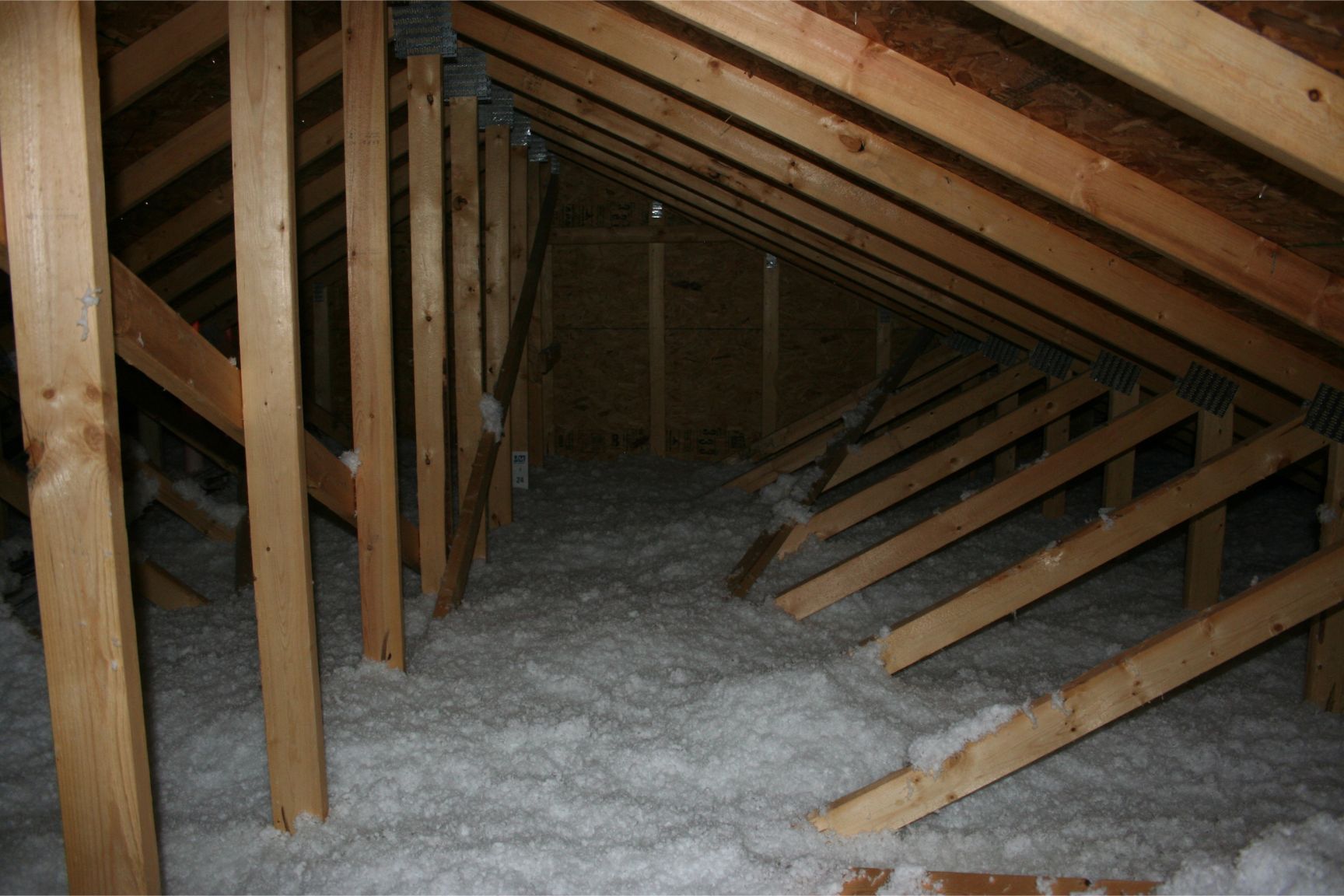

Articles
How Much Insulation Do I Need For Attic
Modified: January 19, 2024
Find out how much insulation you need for your attic with our informative articles. Ensure your home stays energy efficient and comfortable all year round.
(Many of the links in this article redirect to a specific reviewed product. Your purchase of these products through affiliate links helps to generate commission for Storables.com, at no extra cost. Learn more)
Introduction
Welcome to our comprehensive guide on how much insulation you need for your attic. Adequate attic insulation is crucial for maintaining a comfortable and energy-efficient home. It helps to regulate temperatures, reduce energy costs, and improve overall indoor comfort. However, determining the right amount of insulation can be a daunting task. In this article, we will walk you through the factors to consider, explain the concept of R-value, provide recommended R-values by climate zone, and guide you on how to calculate the amount of insulation needed.
Insulation is measured in terms of its thermal resistance, commonly known as R-value. The higher the R-value, the better the insulation’s ability to resist heat flow. The amount of insulation your attic requires depends on various factors such as climate, the desired level of energy efficiency, and the type of insulation you choose.
Climate is a crucial factor to consider when determining how much insulation you need. Different regions experience different temperature extremes, which directly impact the amount of insulation required. For instance, homes in colder climates need higher R-values to effectively retain heat during winter, while homes in hotter climates require better insulation to prevent the heat from entering the living spaces.
Calculating the amount of insulation needed involves considering the desired R-value and the existing insulation levels in your attic. It’s important to ensure that the new insulation layer is compatible with the existing one and does not exceed the maximum recommended depth for the insulation material. This prevents issues such as compressed insulation, which can reduce its effectiveness.
In the following sections, we will explore the various types of insulation available, common insulation mistakes to avoid, and the benefits of hiring a professional versus tackling the installation as a DIY project. By the end of this guide, you will have a clear understanding of how much insulation you need for your attic and be well-equipped to make informed decisions.
Key Takeaways:
- Proper attic insulation is essential for energy efficiency and comfort. Consider climate, R-values, and insulation types to optimize thermal performance and reduce energy costs.
- Avoid common insulation mistakes and decide between DIY or professional installation. Achieve effective insulation for an energy-efficient and comfortable home.
Factors to Consider
When determining how much insulation you need for your attic, there are several factors that you should consider:
- Climate: As mentioned earlier, the climate in your region plays a significant role in determining the amount of insulation required. Colder climates require higher R-values to keep the heat inside during winter, while hotter climates necessitate better insulation to prevent heat from entering the living spaces.
- Energy Efficiency Goals: Consider your energy efficiency goals for your home. If you want to minimize energy consumption and reduce heating and cooling costs, you may choose to install higher R-value insulation to achieve better thermal performance.
- Attic Usage: The way you use your attic will also impact the amount of insulation needed. If your attic is being used as a livable space or for storage, you may want to install more insulation to ensure proper comfort and protection of your belongings.
- Existing Insulation: Assess the current insulation in your attic. Determine its type, thickness, and condition. If you have existing insulation that is in good condition and meets the recommended R-value for your climate, you may only need to add more insulation to achieve the desired level.
- Budget: Consider your budget when deciding the amount of insulation. Different insulation materials have varying costs, so it’s important to find a balance between achieving the desired R-value and staying within your budget.
- Health and Safety: Take into account any health or safety concerns when choosing insulation. Some insulation materials may release harmful fumes or fibers that can be hazardous if not installed correctly or if disturbed. Consider eco-friendly and non-toxic insulation options if this is a priority for you.
By considering these factors, you can make an informed decision about the amount of insulation needed for your attic. It’s essential to strike a balance between energy efficiency, comfort, and budget to optimize the insulation performance and overall wellbeing of your home.
R-value Explained
Understanding the concept of R-value is essential when determining the amount of insulation needed for your attic. The R-value measures the thermal resistance of an insulation material, indicating how well it can resist heat transfer. The higher the R-value, the better the insulation’s ability to prevent heat flow.
The R-value is calculated based on the thickness, density, and type of insulation material. For example, fiberglass batt insulation typically has an R-value of around R-3.5 per inch, while cellulose insulation has an R-value of approximately R-3.7 per inch.
When considering the R-value, it’s important to note that it’s an additive property. If you have multiple layers of insulation in your attic, you can simply add up the R-values of each layer to determine the total R-value. For instance, if you have existing insulation with an R-value of R-20 and you want to increase it to R-38, you would need to add insulation with an additional R-18 value.
It’s important to consult local building codes and energy efficiency guidelines to determine the minimum recommended R-value for your region. These guidelines often provide a range of values based on climate zones, taking into account factors such as temperature extremes and heating and cooling requirements.
Keep in mind that the recommended R-value may vary depending on the area of your home. For example, walls and floors may have different insulation requirements than the attic. Additionally, certain areas of the attic, such as sloped ceilings or knee walls, may require specific insulation techniques to maintain proper thermal performance.
By understanding the significance of R-value and considering the recommended values for your climate zone, you can ensure that your attic insulation provides optimal thermal resistance and contributes to energy efficiency in your home.
Recommended R-values by Climate Zone
The United States Department of Energy (DOE) has established recommended R-values for different climate zones across the country. These values provide guidance on the minimum insulation levels needed to achieve energy efficiency and thermal comfort in homes.
Climate zones are categorized based on factors such as average temperatures, heating degree days, cooling degree days, and humidity levels. Each zone has specific insulation requirements to address the unique challenges posed by its climate.
Here are the recommended R-values by climate zone according to the DOE:
- Zone 1: This zone includes southernmost Florida and the southernmost part of Texas. The recommended R-value for attic insulation is between R-30 and R-60.
- Zone 2: This zone spans across the southern states from Florida to California and includes parts of Arizona, Nevada, and New Mexico. The recommended R-value for attic insulation is between R-30 and R-60.
- Zone 3: This zone covers the southern half of the country, including states such as Georgia, Alabama, and parts of Texas. The recommended R-value for attic insulation is between R-30 and R-60.
- Zone 4: This zone includes states in the mid-south and portions of the Midwest and Pacific Northwest. It encompasses areas like Kansas, Missouri, and Oregon. The recommended R-value for attic insulation is between R-38 and R-60.
- Zone 5: This zone covers the majority of the Midwest and the central part of the country, including states like Illinois, Indiana, and Ohio. The recommended R-value for attic insulation is between R-38 and R-60.
- Zone 6: This zone includes the New England states, along with parts of the Midwest and the Great Lakes region. It encompasses areas like Massachusetts, New York, and Michigan. The recommended R-value for attic insulation is between R-49 and R-60.
- Zone 7: This zone covers the northernmost parts of the country, including states such as Minnesota, North Dakota, and Alaska. The recommended R-value for attic insulation is between R-49 and R-60.
It is important to note that these values represent the minimum recommended R-values for each zone. Depending on your energy efficiency goals, budget, and personal preferences, you may choose to go above the minimum values to achieve even better insulation performance.
Consulting with local building codes and energy efficiency programs can provide more detailed and specific recommendations for your area. By following these guidelines, you can ensure that your attic is properly insulated and able to withstand the challenges posed by your specific climate zone.
Calculating the Amount of Insulation Needed
Calculating the amount of insulation needed for your attic involves considering the desired R-value and the existing insulation levels. The goal is to achieve the recommended R-value for your climate zone without exceeding the maximum recommended depth for the insulation material. Here’s how you can calculate it:
- Determine the current R-value: Start by assessing the existing insulation in your attic. If you’re unsure about the type or thickness of insulation, consult an insulation professional or home energy auditor. Measure the thickness of the insulation to estimate the R-value. Keep in mind that different insulation materials have different R-values per inch.
- Determine the desired R-value: Consult the recommended R-values for your climate zone. Determine the R-value you want to achieve for your attic insulation. This factor depends on factors such as climate, energy efficiency goals, and budget.
- Calculate the insulation needed: Subtract the current R-value from the desired R-value to determine the additional insulation needed. For example, if your current insulation has an R-value of R-25 and you want to achieve an R-value of R-38, you need to add an additional R-13 value of insulation.
- Consider insulation depth and type: Take into account the maximum recommended depth for the insulation material you plan to use. This information can be obtained from the manufacturer’s specifications or consulting an insulation professional. Ensure that the added insulation does not exceed the maximum depth to prevent issues such as compressed insulation, which can reduce its effectiveness.
- Calculate the square footage: Measure the area of your attic to determine the square footage. Calculate the square footage of each attic plane and add them together for the total square footage. This will help you determine the amount of insulation material needed.
- Consult manufacturer guidelines: Different insulation materials have varying coverage areas per package or roll. Consult the manufacturer’s guidelines to determine the coverage area for the specific insulation material you plan to use. This will help you determine the number of packages or rolls needed.
By following these steps and considering the recommended R-values, you can accurately calculate the amount of insulation needed for your attic. Remember to double-check your calculations and, if needed, consult with an insulation professional for more specific guidance based on your home’s unique characteristics.
The recommended insulation level for attics in most climates is R-38, which is approximately 10-14 inches of fiberglass or cellulose insulation. However, it’s important to check local building codes and climate-specific recommendations for the best insulation level for your attic.
Types of Insulation
When it comes to insulating your attic, there are various types of insulation materials available. Each type has its own advantages and considerations. Here are some of the most common types of insulation used in attics:
- Fiberglass Insulation: Fiberglass insulation is one of the most widely used insulation materials. It consists of tiny glass fibers that trap air, providing excellent thermal resistance. It is available in batts or rolls and can be installed easily. Fiberglass insulation is fire-resistant and offers good soundproofing properties.
- Cellulose Insulation: Made from recycled newspaper and treated with fire-retardant chemicals, cellulose insulation is an eco-friendly option. It is dense and effectively reduces airflow. Cellulose insulation is blown or sprayed onto the attic floor and can fill gaps and cavities. It offers good resistance to moisture and is an excellent choice for energy-efficient homes.
- Spray Foam Insulation: Spray foam insulation expands upon application, sealing gaps and cracks. It creates an airtight barrier and provides excellent insulation value. Spray foam insulation can be applied as either open-cell or closed-cell foam. While it offers superior performance, spray foam insulation is more expensive and may require professional installation.
- Rigid Foam Insulation: Rigid foam insulation is made of hard plastic foam boards. It has high insulating properties and is resistant to moisture and pests. Rigid foam insulation is available in different thicknesses and can be installed on the attic floor, walls, or roof. It is commonly used in areas with limited space or where higher R-value is desired.
- Reflective Insulation: Reflective insulation, often made of aluminum foil or reflective films, reflects heat back into the attic. It is effective in hot climates where blocking radiant heat is crucial. Reflective insulation is typically installed under the roof rafters or on the attic floor, with an air gap to enhance its performance.
Each type of insulation has its own installation requirements and considerations. It’s important to research and choose the insulation material that suits your specific needs, climate, and budget. Additionally, proper installation is critical to achieving optimum insulation performance, so consider consulting with a professional or following manufacturer guidelines.
When selecting insulation material for your attic, also consider factors such as flammability, toxicity, and eco-friendliness. Keep in mind that some insulation materials may require protective gear during installation or may release harmful substances if not handled properly.
By understanding the different types of insulation available and their characteristics, you can make an informed decision and choose the insulation material that best fits your attic’s requirements and your overall insulation goals.
Common Insulation Mistakes to Avoid
Insulating your attic is a crucial step in improving energy efficiency and comfort in your home. However, there are some common insulation mistakes that homeowners should avoid to ensure optimal insulation performance. Here are a few key mistakes to be aware of:
- Inadequate Insulation: One common mistake is installing insufficient insulation. Failing to achieve the recommended R-value for your climate zone can hinder the effectiveness of your insulation. Ensure you calculate and install the appropriate amount of insulation to maximize energy efficiency.
- Compression of Insulation: Another mistake is compressing insulation. When insulation is compressed, its ability to trap air and provide effective insulation is reduced. This can occur when insulation is stuffed into tight spaces or when excessive weight is placed on top of it. Properly fluff and evenly distribute insulation to maintain its loftiness and thermal resistance.
- Leaving Gaps or Gaps Around Penetrations: Leaving gaps in insulation or gaps around penetrations, such as pipes, wires, and light fixtures, can create air leaks and compromise the insulation’s effectiveness. Properly seal and insulate around these openings using appropriate materials, such as caulking or foam, to ensure a continuous and airtight insulation barrier.
- Improper Vapor Barrier: Some insulation materials, such as fiberglass and cellulose, require a vapor barrier to prevent moisture from entering the insulation and causing damage. Installing a vapor barrier in the wrong location or using the wrong type of barrier can trap moisture and lead to mold or structural issues. Follow manufacturer guidelines and consult with professionals to ensure proper vapor barrier installation.
- Blocking Ventilation: Blocking ventilation pathways can inhibit proper airflow in your attic. Adequate ventilation is essential for moisture control and preventing the buildup of heat and condensation. Avoid covering soffit vents, ridge vents, or other attic ventilation points with insulation. Ensure that insulation is properly installed to allow for ventilation paths.
- Using Insulation with Different R-values: Mixing insulation materials with different R-values can lead to uneven insulation performance and thermal bridging. This occurs when heat easily transfers through areas with lower insulation levels. Stick to a consistent insulation material and R-value throughout your attic for optimal insulation coverage.
- Ignoring Safety Precautions: Insulation installation may require safety precautions such as wearing protective gear, ensuring proper ventilation, and handling insulation materials with care. Neglecting these safety measures can lead to skin irritation, respiratory issues, or other health hazards. Prioritize your safety by following safety guidelines and using appropriate protective equipment.
Avoiding these common insulation mistakes will help you achieve a well-insulated and energy-efficient attic. If you’re unsure about any aspect of insulation installation, consider consulting with a professional insulation contractor who can guide you through the process and ensure the best results.
Hiring a Professional vs. DIY Installation
When it comes to insulating your attic, you may be faced with the decision of hiring a professional or tackling the installation as a do-it-yourself (DIY) project. Both options have their pros and cons, and it’s important to consider your skills, available time, and budget before making a decision.
DIY Installation: Many homeowners choose to handle attic insulation as a DIY project. Here are some benefits and considerations of DIY insulation:
- Cost Savings: DIY insulation allows you to save money on labor costs. By purchasing the insulation materials and installing them yourself, you can potentially reduce overall expenses.
- Flexibility: With a DIY approach, you have the flexibility to work at your own pace and schedule, completing the insulation project when it is convenient for you.
- Learning Experience: DIY insulation can provide you with a valuable learning experience. You can gain knowledge about insulation materials, installation techniques, and the overall process, which may be beneficial in the long run.
- Time and Effort: DIY insulation requires time and effort, as it involves proper planning, material procurement, and careful installation. It’s crucial to accurately measure and install insulation to achieve desired results.
- Skill and Expertise: Attic insulation installation requires some level of skill and expertise. It’s important to have a good understanding of insulation materials, techniques, and safety precautions to ensure proper installation and maximize insulation performance.
Hiring a Professional: Alternatively, you can choose to hire a professional insulation contractor. Here are the advantages and considerations of hiring a professional:
- Expertise and Knowledge: Professional insulation contractors have the necessary expertise and knowledge to assess your attic, recommend suitable insulation materials, and ensure proper installation. They can provide guidance based on your specific needs and take into account local building codes and regulations.
- Time and Convenience: Hiring professionals saves you time and effort. They have the experience and equipment to efficiently complete the insulation project, allowing you to focus on other aspects of homeownership.
- Quality Assurance: Professionals have experience working with various insulation materials and can ensure that the installation is done correctly. This reduces the risk of insulation mistakes and ensures optimal insulation performance.
- Guarantees and Warranties: Many professional insulation contractors offer guarantees or warranties on their workmanship and the insulation materials used. This provides you with peace of mind and protection in case of any issues or defects.
- Cost: Hiring professionals for insulation installation comes with a cost, as you will need to pay for labor and materials. However, considering the expertise and quality of work you receive, it can be a worthwhile investment in the long term.
Ultimately, the decision between hiring a professional or DIY installation depends on your specific circumstances, skills, and preferences. If you feel confident in your abilities, have the necessary time and patience, and are comfortable with the learning process, DIY insulation can be a viable option. However, if you lack the expertise or prefer the assurance and convenience of professional installation, hiring a professional insulation contractor is recommended.
Whichever option you choose, ensuring proper attic insulation is essential for energy efficiency and comfort in your home. Don’t hesitate to seek guidance from professionals or consult with insulation experts to make an informed decision.
Conclusion
Proper insulation in your attic is crucial for maintaining a comfortable and energy-efficient home. By understanding the factors to consider, calculating the amount of insulation needed, and choosing the right type of insulation, you can optimize the thermal performance of your attic and reduce energy costs. Additionally, avoiding common insulation mistakes and making the decision between DIY installation and hiring a professional can help you achieve the best results.
Consider the climate in your region, your energy efficiency goals, and the existing insulation levels when determining the amount of insulation needed for your attic. Use the recommended R-values by climate zone as a guide, while also considering your budget and the specific usage of your attic space.
When it comes to insulation materials, there are several options available, including fiberglass, cellulose, spray foam, rigid foam, and reflective insulation. Choose the material that best suits your needs, taking into account factors such as cost, insulating properties, and environmental impact.
Avoid common insulation mistakes such as inadequate insulation, compression of insulation, leaving gaps or gaps around penetrations, improper vapor barriers, blocking ventilation, using insulation with different R-values, and ignoring safety precautions. By being aware of these mistakes, you can achieve effective insulation and maximize energy efficiency.
Lastly, when deciding between DIY installation and hiring a professional, consider your skills, available time, and budget. DIY insulation can provide cost savings and a learning experience, but it requires adequate knowledge and expertise. Hiring a professional ensures expertise, quality assurance, and convenience but comes at a cost.
In conclusion, attaining the right amount of insulation for your attic contributes to energy efficiency, thermal comfort, and cost savings. By considering the various factors, calculating the insulation needed, choosing the appropriate material, avoiding mistakes, and making an informed decision on installation, you can achieve an optimally insulated attic that enhances the overall quality and energy efficiency of your home.
Frequently Asked Questions about How Much Insulation Do I Need For Attic
Was this page helpful?
At Storables.com, we guarantee accurate and reliable information. Our content, validated by Expert Board Contributors, is crafted following stringent Editorial Policies. We're committed to providing you with well-researched, expert-backed insights for all your informational needs.
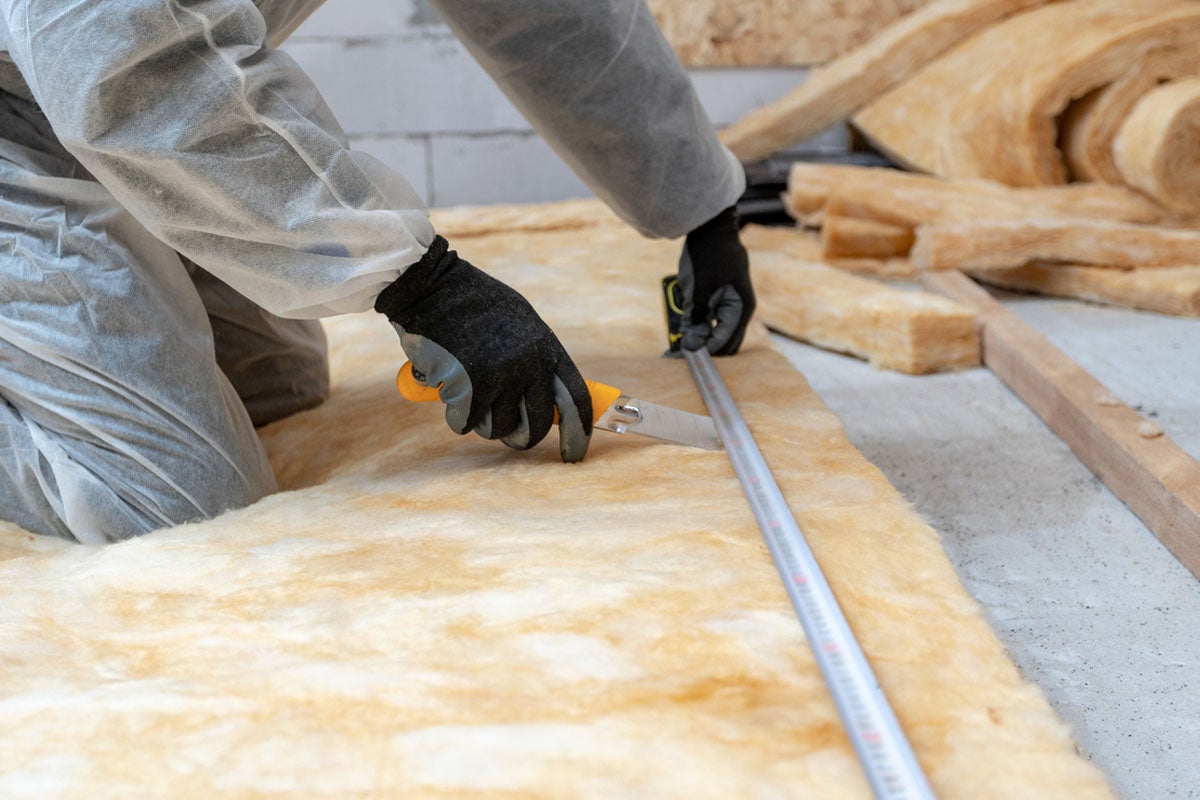
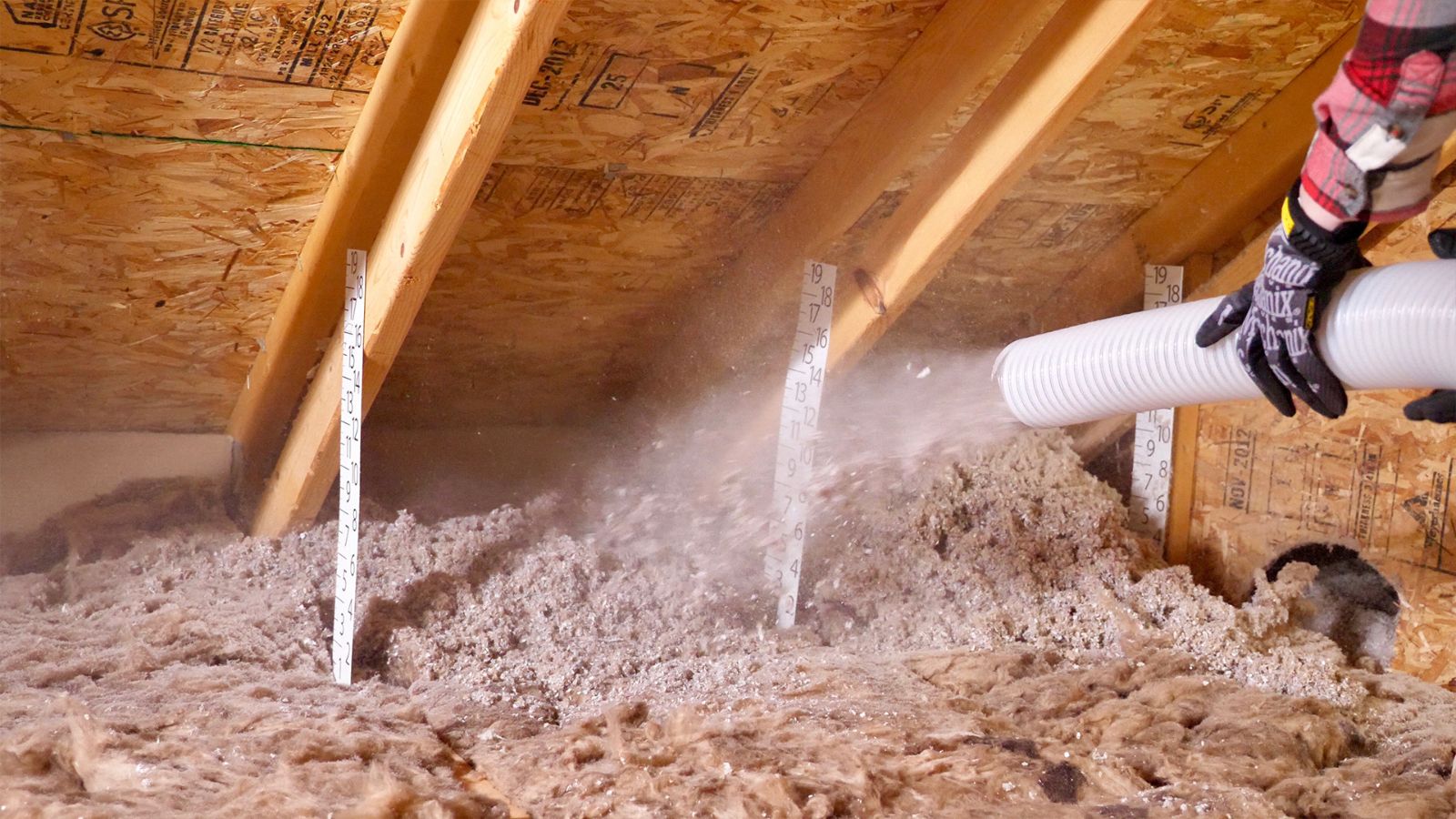
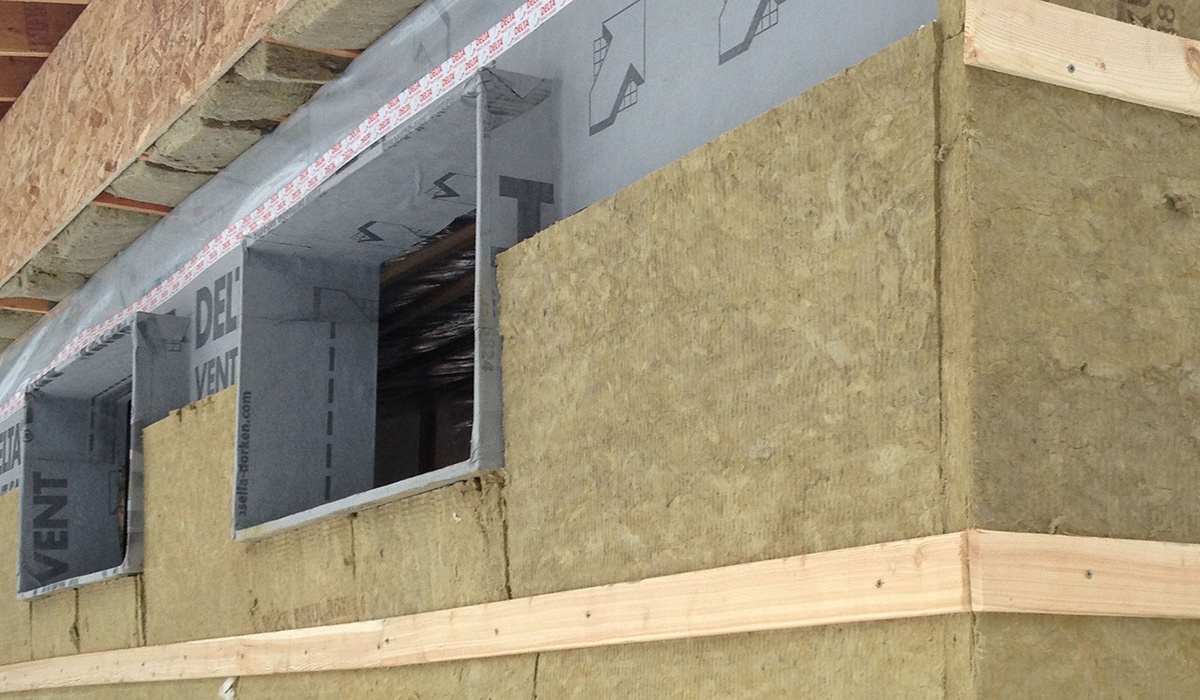
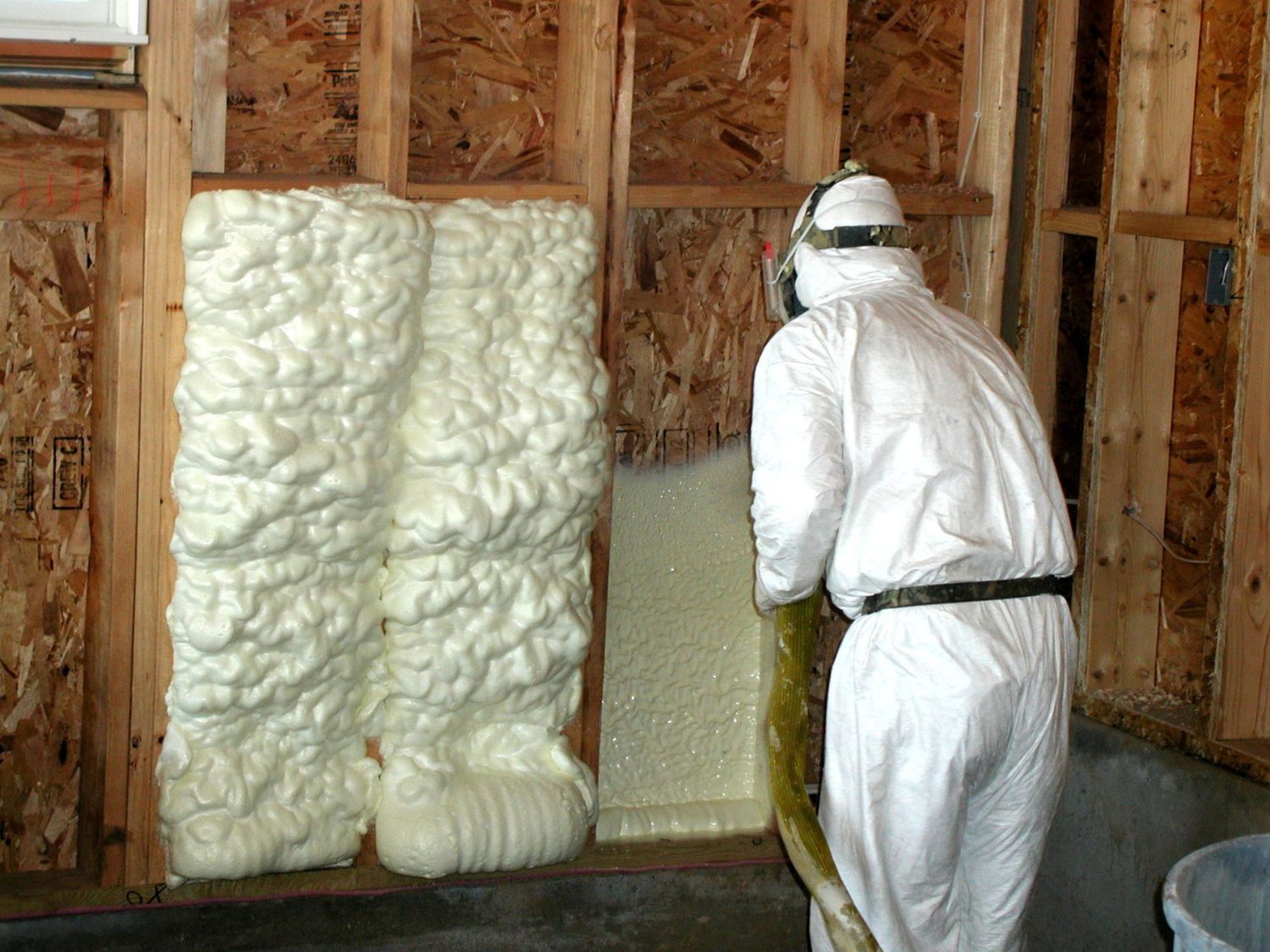
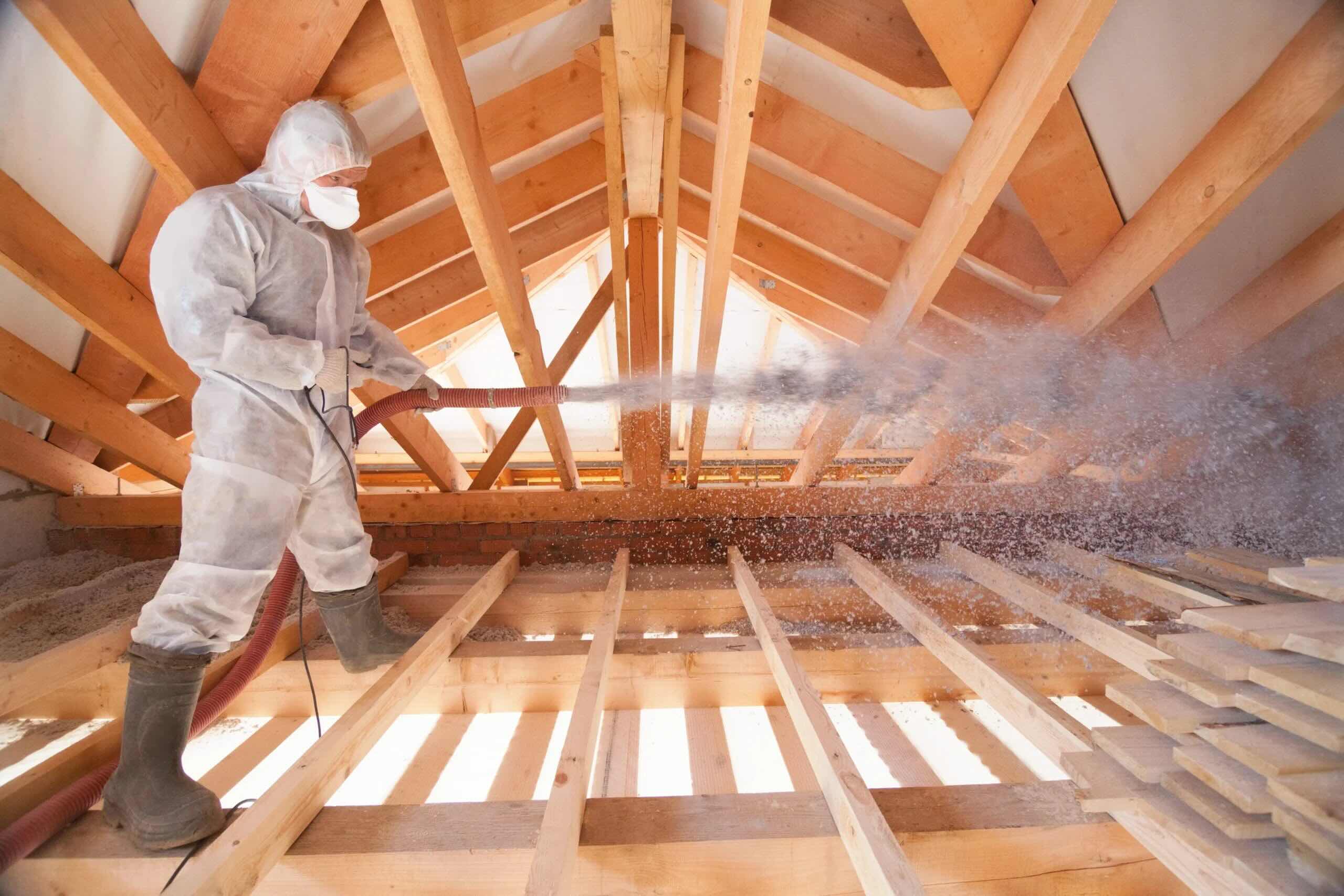
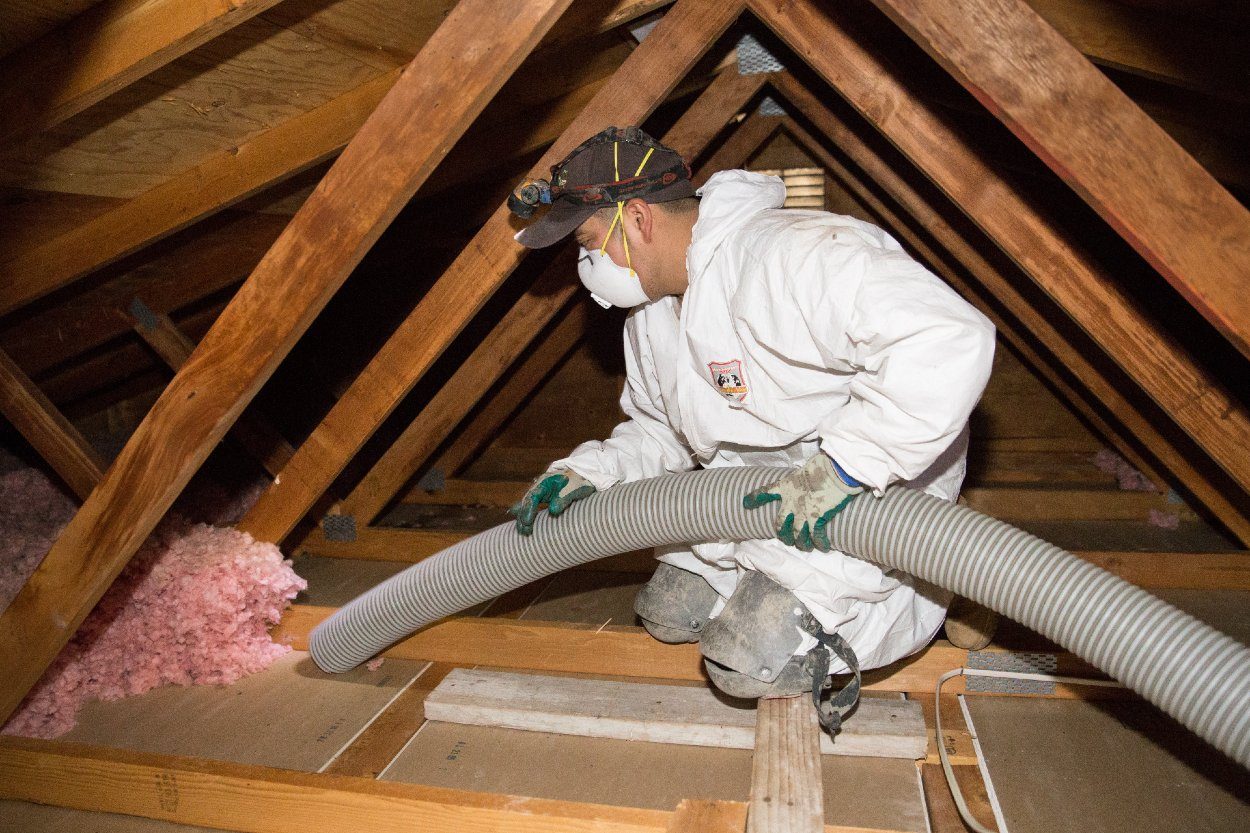
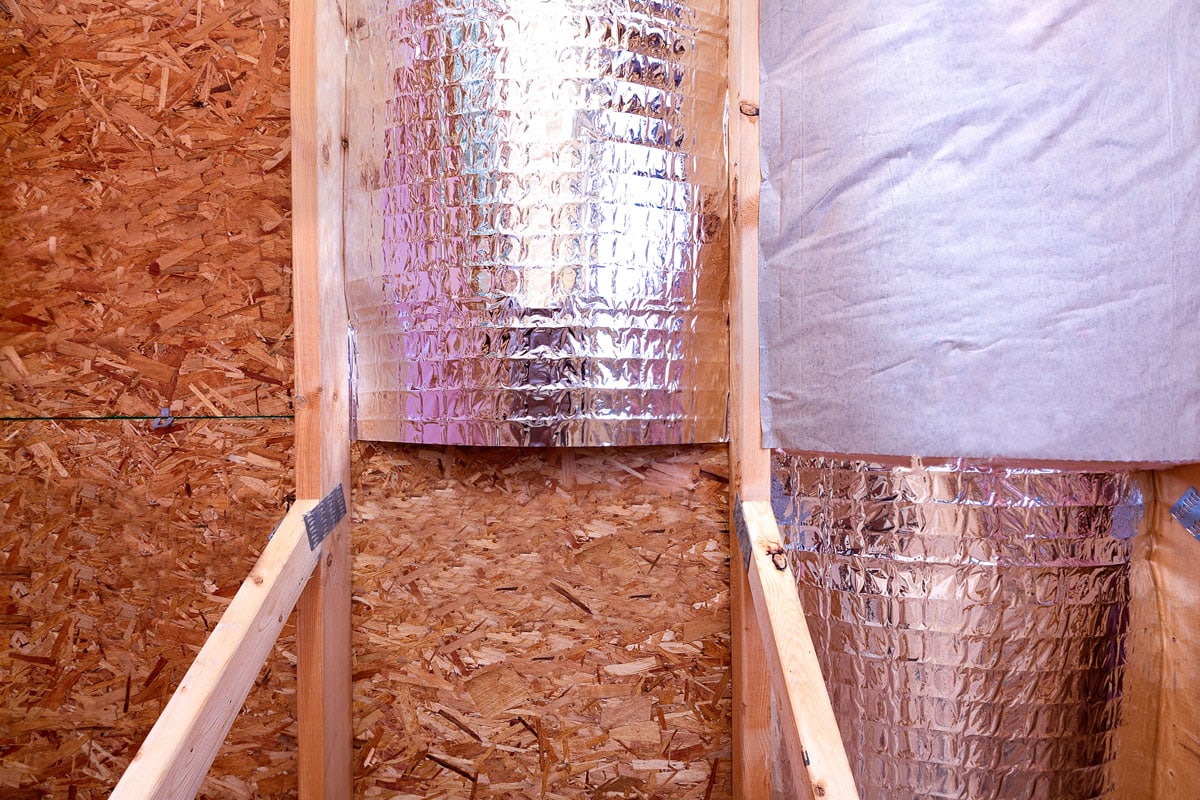
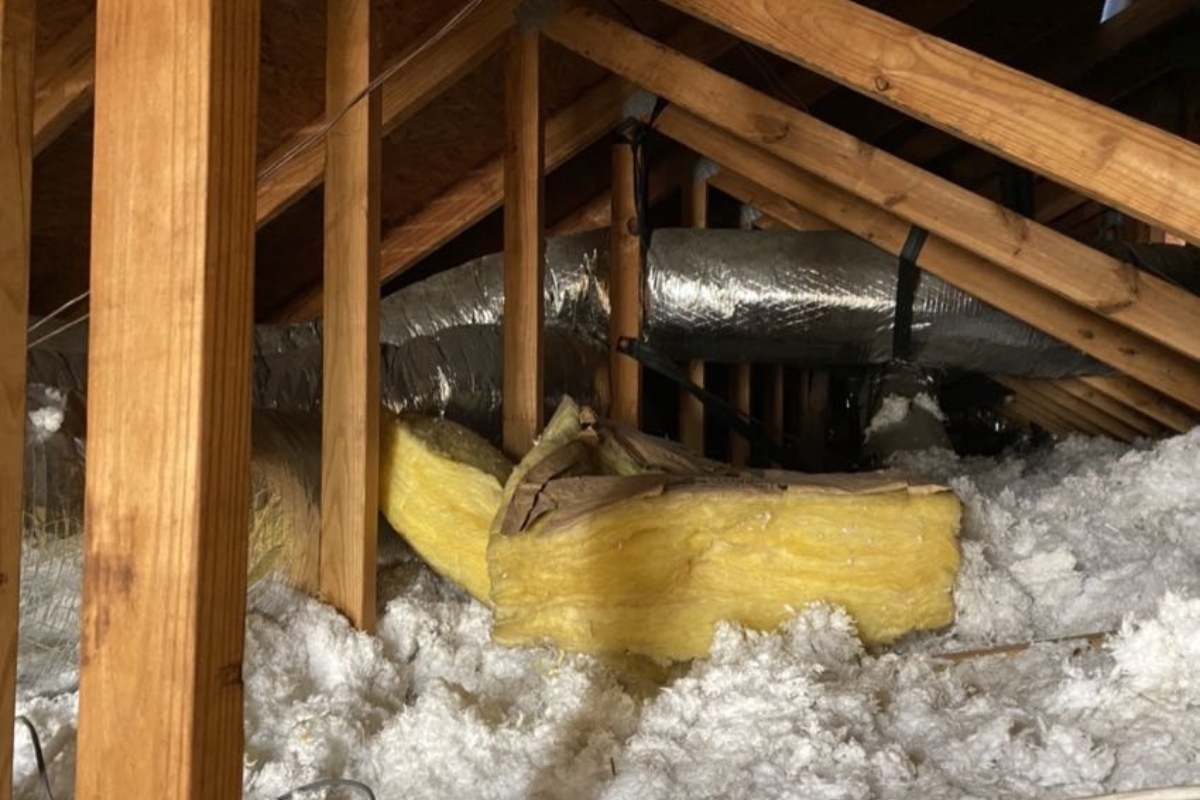
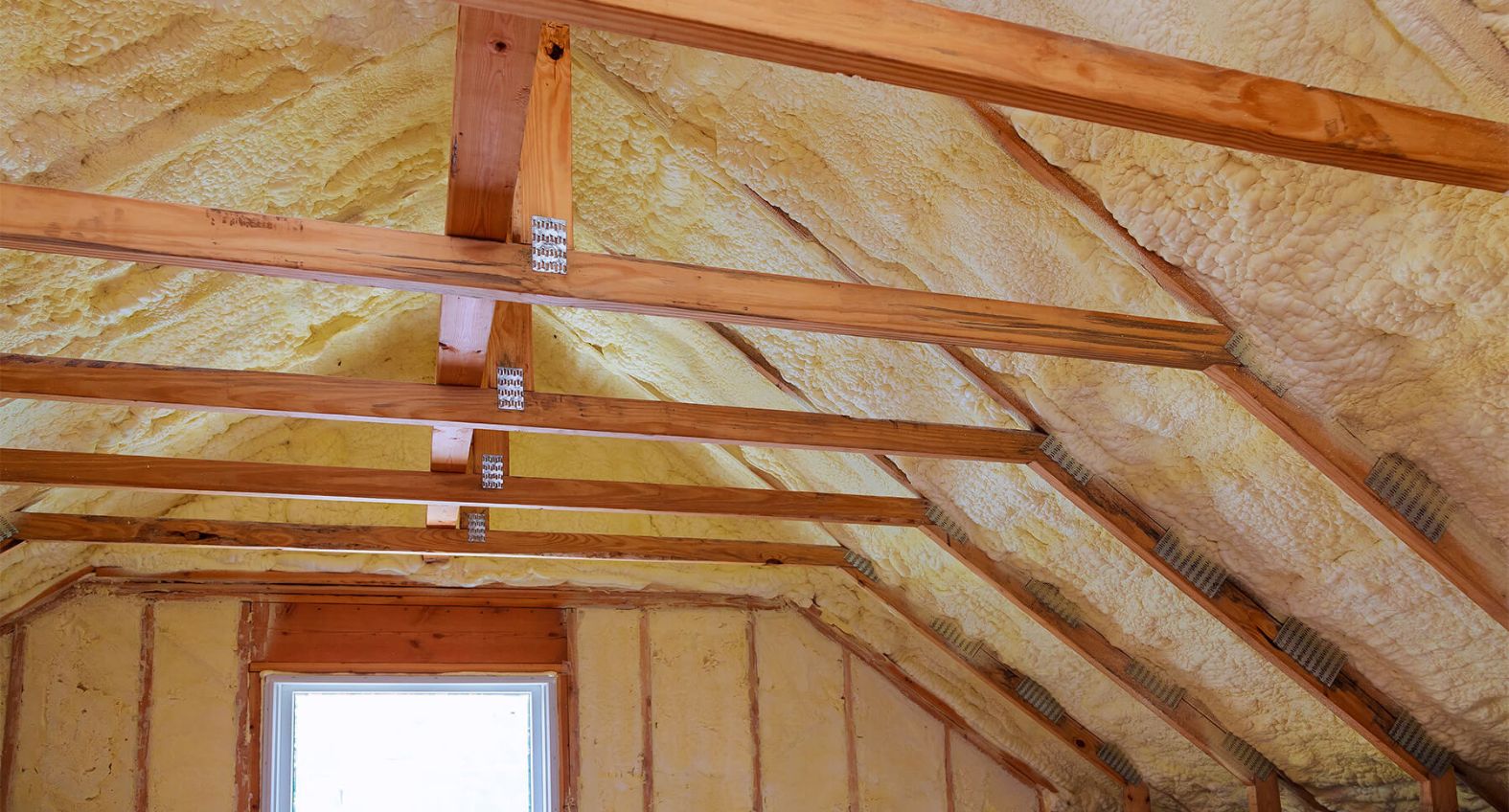
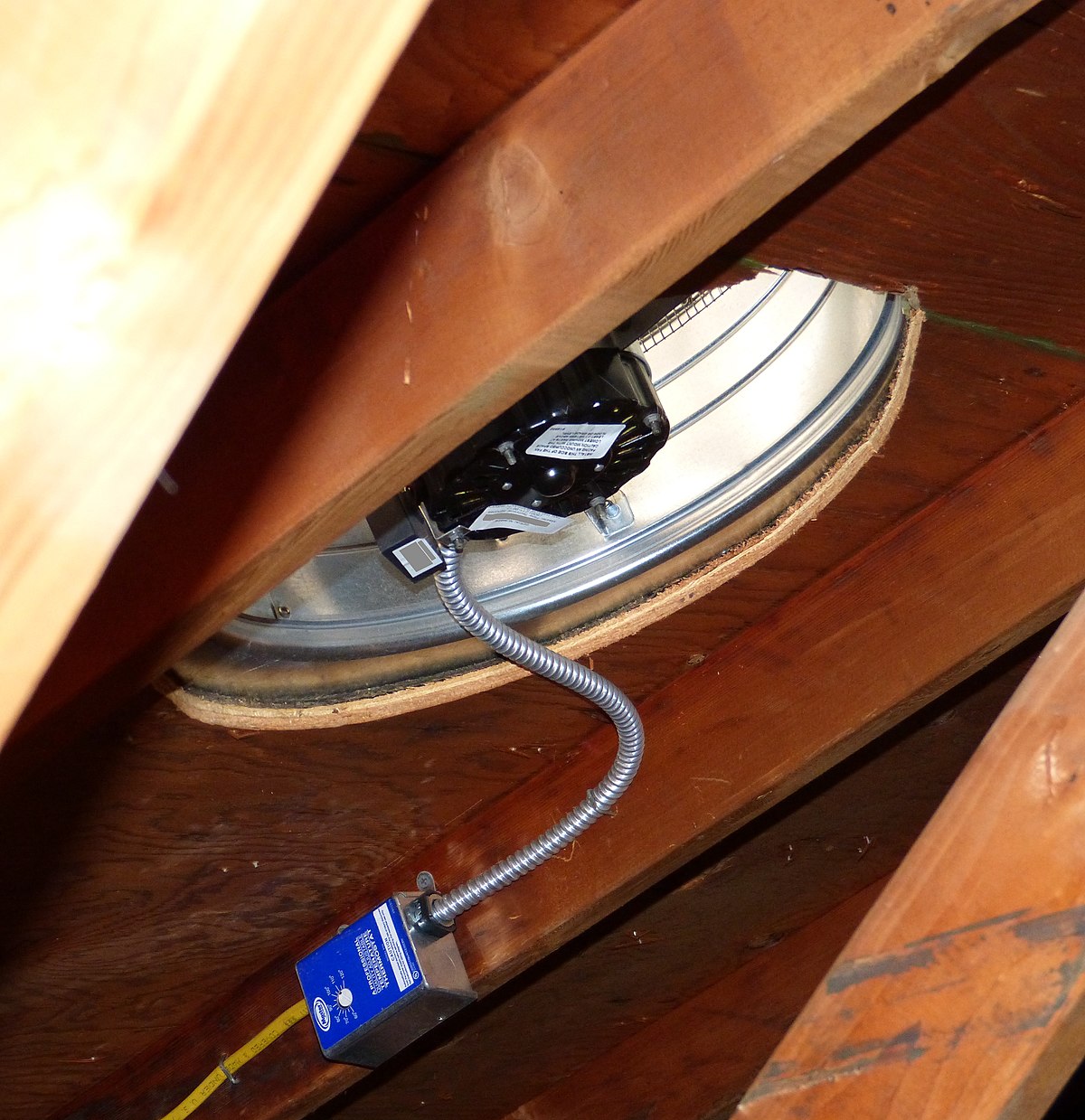
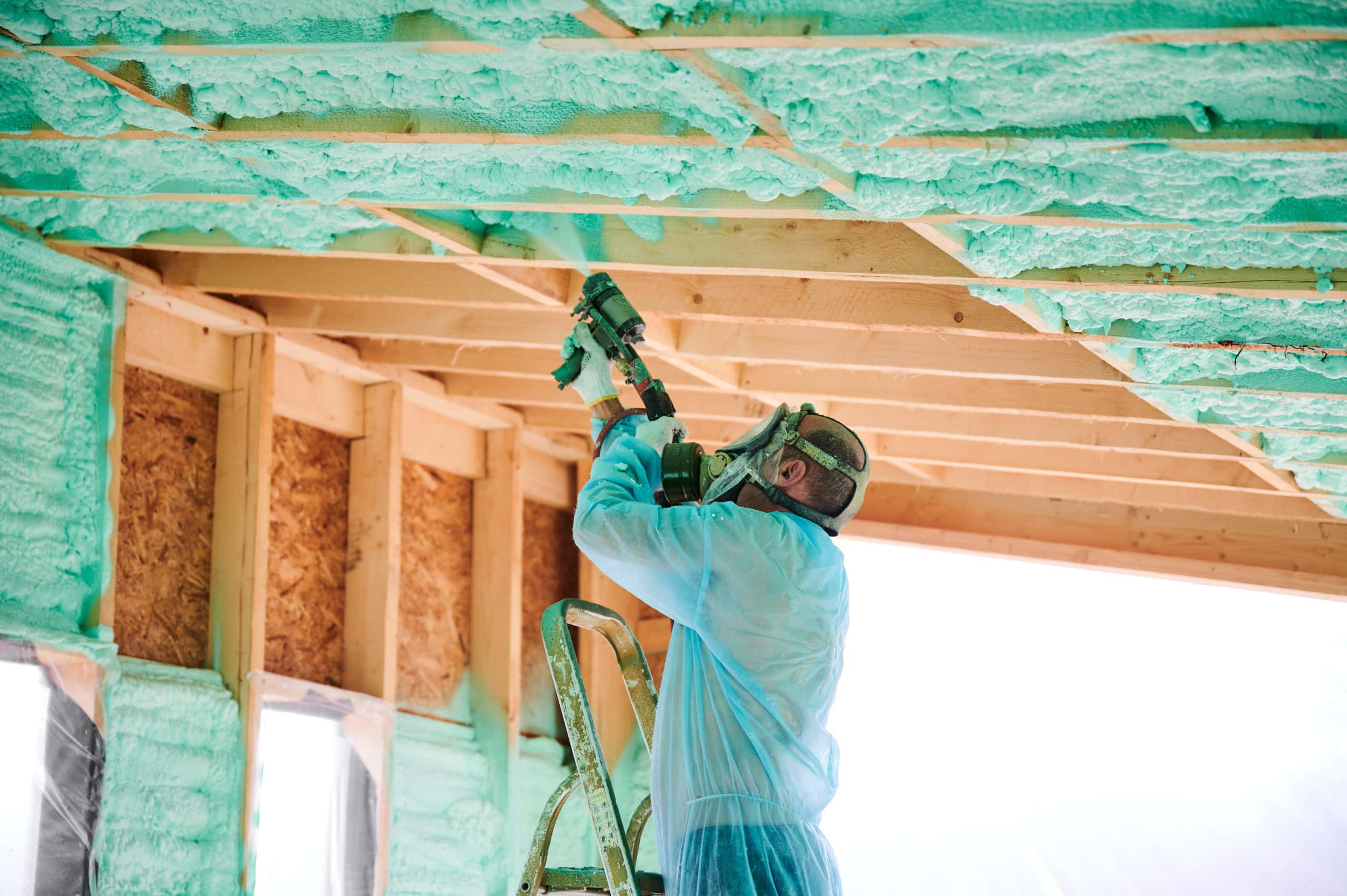
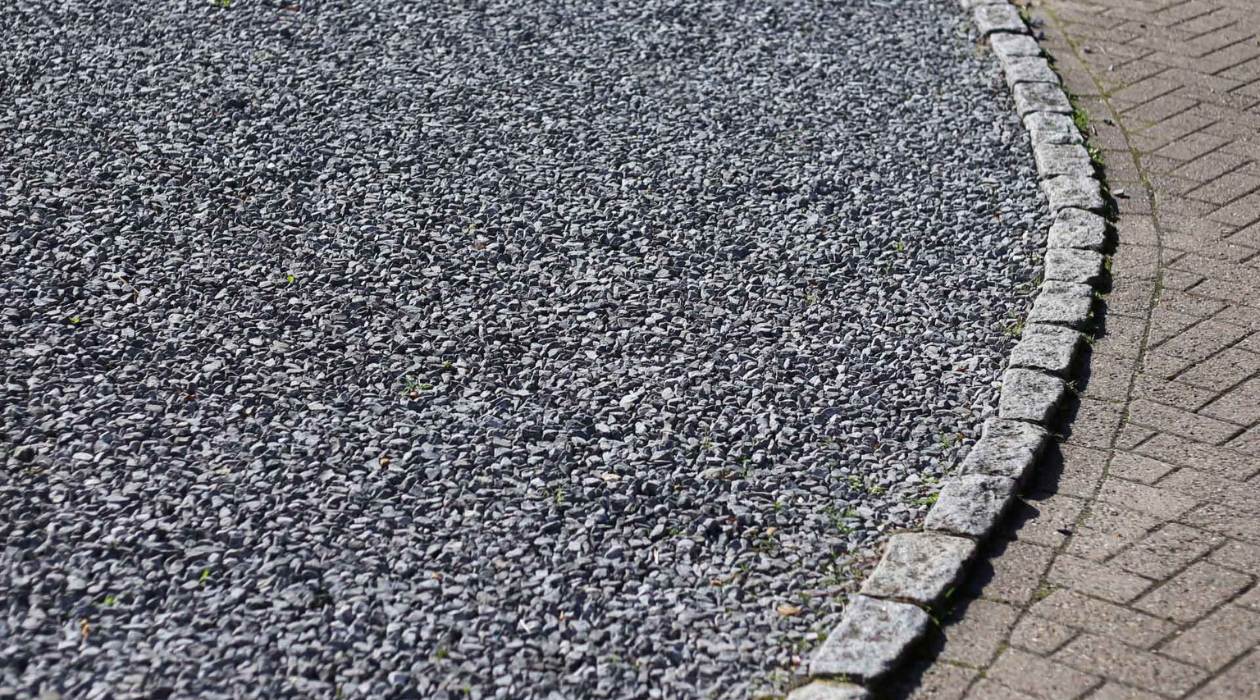



0 thoughts on “How Much Insulation Do I Need For Attic”